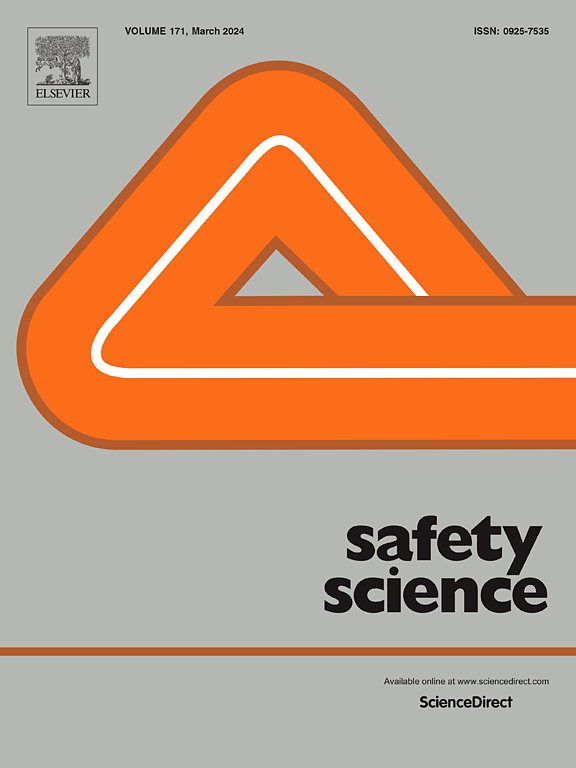Project characteristics-based predicting the likelihood of occupational accidents in public school maintenances using a topological approach
IF 4.7
1区 工程技术
Q1 ENGINEERING, INDUSTRIAL
引用次数: 0
Abstract
Occupational accidents are common in construction projects. Although several previous studies have focused on this complex issue from different perspectives, such as predicting accidents for the general construction process, few studies have focused on the impact of project characteristics on the likelihood of accidents in building maintenance projects. Artificial intelligence-based predictive models for workplace accidents typically use ready-made algorithms or traditional methods like trial and error. Therefore, the main objective of this study is to predict the likelihood of occupational accidents in building maintenance projects by following a new feature selection process based on the topological approach. The information on the 1807 public school maintenance project was included in this study to test the proposed mathematical approach. Commonly used 7 different machine learning algorithms and a combination of these algorithms called a hybrid model was selected to apply the topological approach to the feature selection process. The results show that 5 out of 7 algorithms such as Stochastic Gradient Boosting (SGB), Extreme Gradient Boosting (EGB), Linear Discriminant Analysis (LDA), Gaussian Naive Bayes (GNB), and Hybrid (HYB) models show better performance after applying the topological technique. The main predictors of the likelihood of workplace accidents in these algorithms are site delivery (T2), cost breakdown ratio (F1), total duration (T1), and contractor size (P1). Using this approach, construction professionals can develop and implement more effective AI-based proactive safety management systems for maintenance projects.
求助全文
约1分钟内获得全文
求助全文
来源期刊

Safety Science
管理科学-工程:工业
CiteScore
13.00
自引率
9.80%
发文量
335
审稿时长
53 days
期刊介绍:
Safety Science is multidisciplinary. Its contributors and its audience range from social scientists to engineers. The journal covers the physics and engineering of safety; its social, policy and organizational aspects; the assessment, management and communication of risks; the effectiveness of control and management techniques for safety; standardization, legislation, inspection, insurance, costing aspects, human behavior and safety and the like. Papers addressing the interfaces between technology, people and organizations are especially welcome.
 求助内容:
求助内容: 应助结果提醒方式:
应助结果提醒方式:


